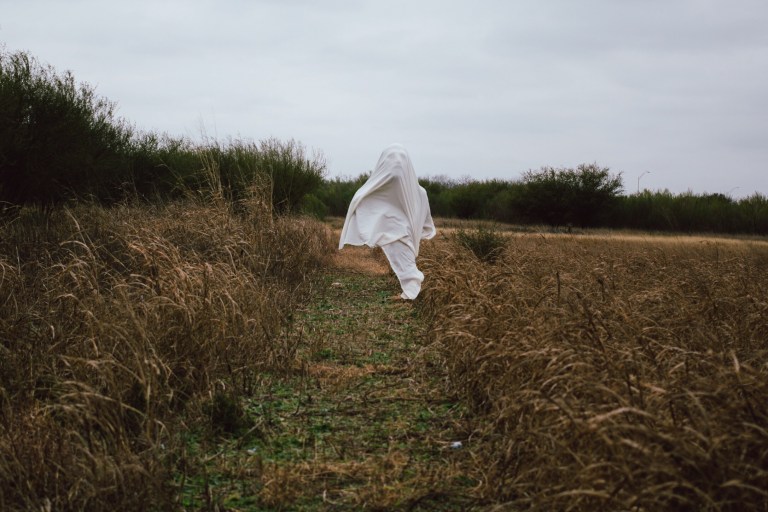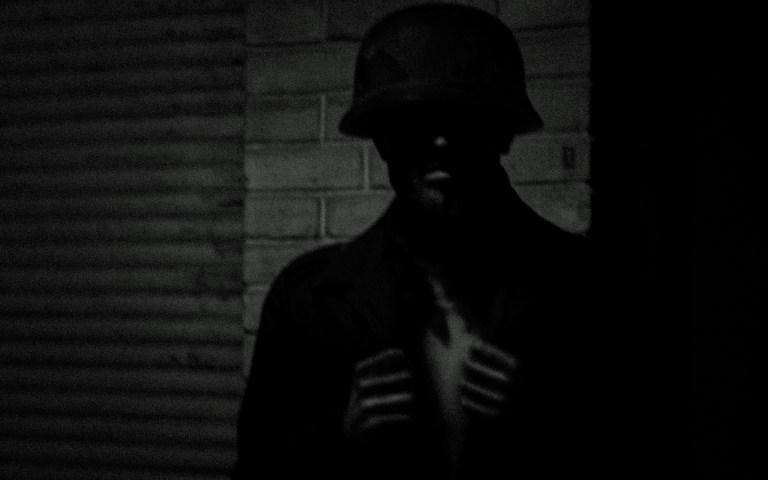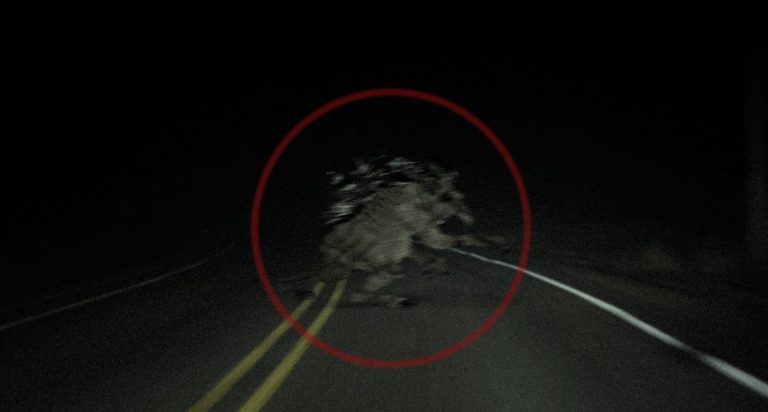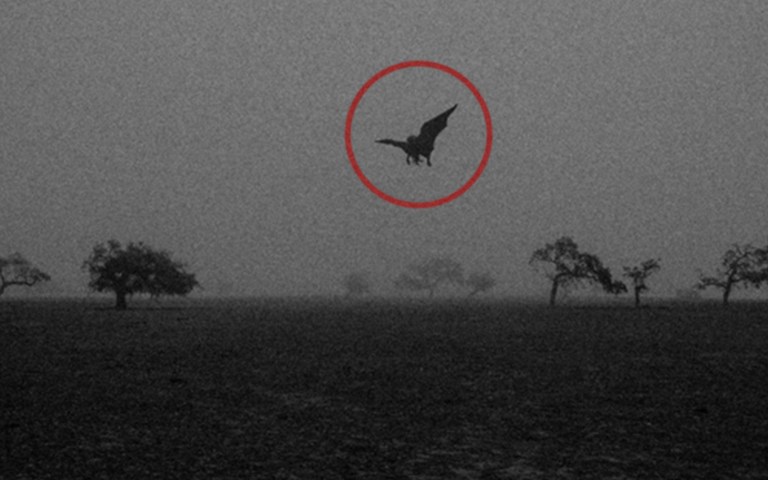
25 Facts About The Aswang, The Evil Spirit Who Lives Amongst Humans
You could have met an Aswang without even realizing it.
Aswang, Explained
[*] The Aswang is a shapeshifting evil spirit. It is a combination of a vampire, a ghoul, a witch, and a werebeast.
[*] Unlike vampires, Aswangs are considered daywalkers, because they are not harmed by sunlight. However, they are weakest during the day, because they do not possess their superhuman strength.
[*] During the day, Aswangs have bloodshot eyes because they stayed up all night long searching for houses where wakes are being held so they can steal the bodies. They only hunt in the darkness because they believe that is when God is asleep.
[*] Aswangs are similar to humans. They experience a wide range of emotions, from anger to sadness to humiliation to happiness. They can form friendships and will never cause harm to their friends and neighbors.
[*] Aswangs are usually depicted as female. They frequently walk with their feet positioned backwards and they can use vocal tricks to disguise themselves. They will get quieter and quieter to fool their victims into thinking they are walking further away and establish a false sense of safety.
[*] Aswangs live as quiet, shy villagers. However, at night when they grow hungry, they will transform into bloodthirsty animals.
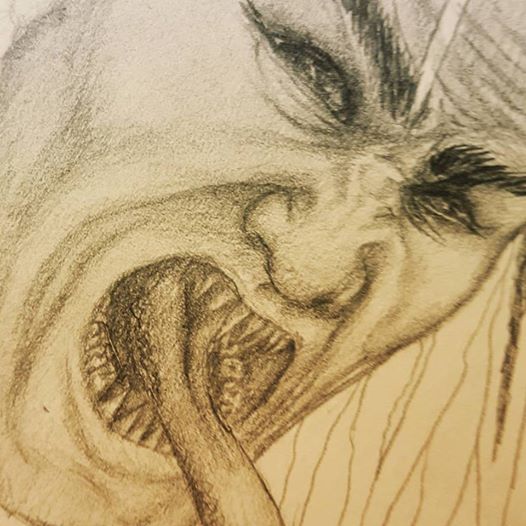
[*] There are different forms of Aswangs. The tik-tik and wak-wak (which are the sounds they make when hunting) turn into large birds. Meanwhile, the zegben transforms into the Tasmanian devil. However, they can also transform into a crow, a bat, a wild boar, a black cat, or a black dog.
[*] Aswangs can also transform the appearance of objects. They will replace their live victims or stolen cadavers with replicas made from tree trunks or other types of plants. This doppelgänger will then return home extremely sick and die naturally to avoid suspicion.
[*] Aswangs eat the hearts and livers of unborn fetuses and young children. They attack by using their proboscis, which extends from their mouth and reaches into a mother’s womb to suck out a meal while the women are asleep.
[*] Aswangs move quickly and silently. They are so skinny that they are able to hide behind bamboo posts. When they hunt, they prefer to travel as far as possible so their true nature does not become obvious to everyone in their town. They understand that if they were identified, they would be killed by villagers immediately.
[*] Like manananggals, the wak-wak version of an Aswang leaves behind half of its torso when it transforms in the middle of the night.
[*] If an Aswang ends up marrying a human, then the partner will transform into an Aswang as well on their wedding day. However, it is extremely rare for these creatures to reproduce.
[*] Aswang couples will most likely hunt alone in the middle of the night because they do not like sharing food. Separating also helps them avoid causing suspicion and getting detected.
[*] A human can choose to turn into an Aswang by tying a fertilized chicken egg to their stomach. Once the chick passes into their flesh, they must bury the shell in a bamboo tube with coconut oil and chicken dung. Then they will possess the powers of an Aswang.
[*] If an Aswang dies, they can transfer their abilities to another person by holding their mouth close to them and letting the chick inside them hop from their stomach to the other stomach.
[*] Aswangs can be killed with garlic, salt, Holy water, a crucifix, a rosary, prayer, or decapitation. They will also be destroyed by getting whipped with the tail of a stingray because they do not like the sound of it slashing through the air.
[*] Aswangs can not step into temples, churches, mosques, or any other holy consecrated grounds. If a doorway to a home or building has a special prayer posted by the entrance, then an Aswang cannot walk through the doorway.
[*] During the day, Aswangs still have certain powers. Some of them will provide healing potions and cast helpful spells for the townsfolk. Because of their friendliness, there is an old Filipino saying that translates to: An Aswang is better than a thief.
[*] You can tell whether someone is an Aswang by looking into their eyes. If your reflection is upside down, then they are not truly human. You can also look at them upside down by sticking your head in between your legs. If their image appears different than when standing upright, they are an Aswang.
[*] An oil called Hintura will bubble if an Aswang is in the vicinity. You can also spot an Aswang by surveying their face. If they do not have a philtrum, the vertical indentation in the middle area of the upper lip, then they are not human.
[*] Certain agimats, which are Philippine amulets, will keep Aswangs away, such as red and black bead bracelets that were commonly given to babies.
[*] The name Aswang comes from the Sanskrit word asura, which means demon. The story of this creature comes from Filipino folklore in the 16th century. It has been most frequently sighted in Visayas, southern parts of Luzon, and parts of Mindanao.
[*] Bats, Tasmanian devils, and kagwang have been killed because villagers mistook them for Aswangs in their transformed state.
[*] Currently, some people believe that the myth of the Aswang grew because of certain genetic diseases like X-linked dystonia parkinsonism and Dystonia of Panay. This is because the pictures of an Aswang transforming look similar to a patient with symptoms of the diseases.
[*] Some anthropologists believe that the Spaniards created the myth of the Aswang as a way to keep the population under control. They told stories about the creatures living on the outskirts of the forests to discourage Filipinos from leaving their town so they could keep their power. ![]()
